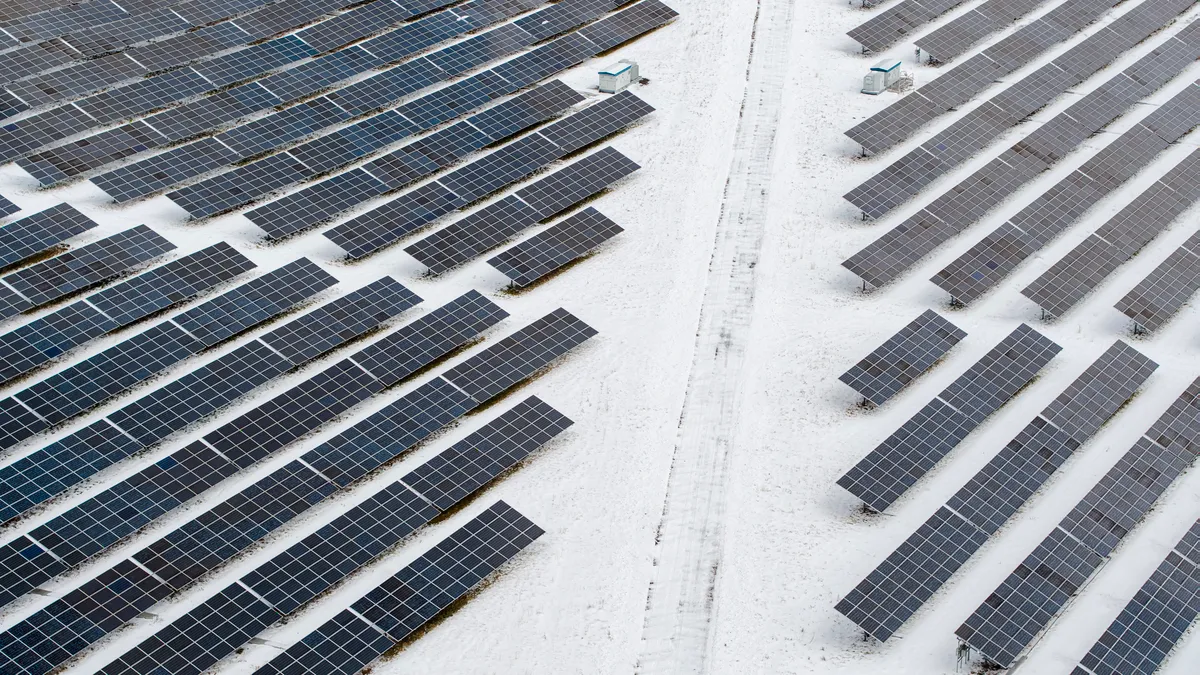ISO New England will begin dispatching its growing “front-of-meter” solar fleet in December, a move the grid operator says could lower the price of wholesale electricity and improve reliability.
Earlier this month, the Federal Energy Regulatory Commission accepted ISO-NE’s proposal to make front-of-meter solar facilities dispatchable under “do not exceed,” or DNE, rules that account for the resources’ variable output and any congestion on the transmission system, the grid operator said Thursday.
Dispatchable resources submit price-based supply offers in ISO-NE’s energy market, and any changes in output are ordered by the grid operator electronically. Solar and other non-dispatchable resources self-schedule their operations. If ISO-NE needs them to change their output, the grid operator must call their operators.
ISO-NE adopted the DNE framework in 2016 for wind farms and hydroelectric dams, but not solar, the grid operator said in its late-November application at FERC. At the time, there was little solar in New England and ISO-NE was unable to develop accurate short-term, plant-specific solar generation forecasts, according to the grid operator.
Now, there are more than 40 front-of-meter solar installations in New England, with some exceeding 50 MW, ISO-NE said. And there is about 3,940 MW of solar in ISO-NE’s interconnection queue, according to the grid operator.
Also, ISO-NE can now develop accurate, resource-specific solar forecasts, according to the grid operator.
The ability to dispatch a resource can improve price signals and boost reliability, according to ISO-NE, which runs the grid and wholesale power markets in the six New England states. Self-scheduled, non-dispatchable generators cannot be dispatched to supply additional energy, and therefore they are never “marginal” resources that help set the locational marginal price, or LMPs.
“The result is that, even when non-dispatchable generation can provide all the energy demanded at a specific location at lower cost than the dispatchable resources at that location, the dispatchable resources will still set the LMP – albeit potentially at a higher price,” ISO-NE said.
Those higher prices may encourage more resources to be built in areas where they aren’t needed, according to ISO-NE.
On the reliability issue, ISO-NE said it must manually call non-dispatchable resources to change their output. In a system emergency, that process can be time-consuming and limit the system’s flexibility, the grid operator said.














